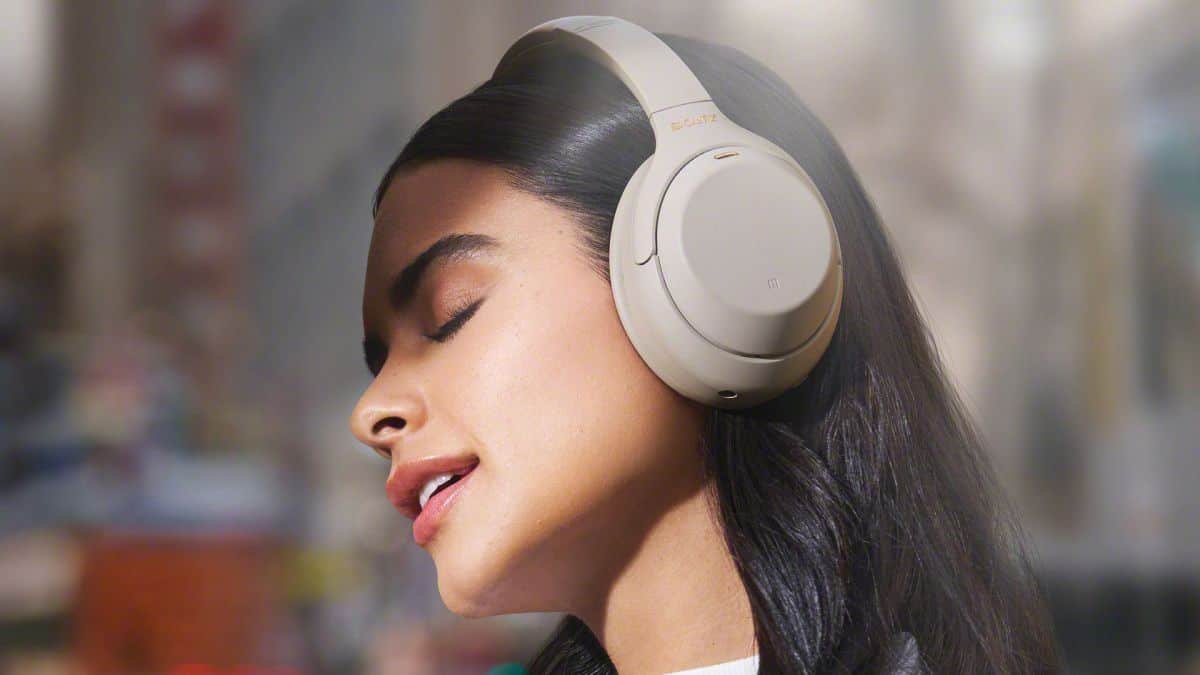Getting a noise-free experience can be difficult when you listen to your favourite playlist or podcast while travelling. To let you focus only on what’s playing on your headphones, headsets have come with a popular feature called Active noise cancellation (ANC). It’s all about generating “anti-noise” that mirrors and cancels the ambient noise which results in a complete noise-free experience for the one wearing the headset.
This isn’t a brand new concept, it actually goes way back to the 1930s. ANC headphones are everywhere these days and not all ANC headsets sound equally well. So here in this article, we’ll help you to find everything you need to know about ANC headsets. Let’s find out.
What is active noise cancellation?
ANC is a technology that has existed for a while now but it was first used in practice back in the 1950s, based on patents by Lawrence Fogel. He invented and used for aviation to help in making it quieter for pilots of aeroplanes and helicopters. Also, it was used to make the cabin quieter.

ANC does not negate noise by simply attempting to block it, it listens to the sound using microphones on the headset, and produces a sound wave of its own that effectively cancels out the existing sound. With the help of this technology, the sound is actively and deliberately reduced.
How does active noise cancellation work?
Mostly the active noise cancellation uses one or more microphones to listen to the environment of the wearer, and capture the most steady sound frequency and that could anything such as car, machinery, aeroplane engine, etc.
ANC (Active Noise Cancellation) system then generates a ‘reverse’ frequency, it helps to emit the sound of the same amplitude but with an inverted phase to the original sound. This is the first form of the new wave in a process called ‘interference’, which effectively cancels out the sound going into the ears.
The most important fact of ANC (Active Noise Cancellation) is about it works with sounds that are steady, also requires a battery to power the system.
What do noise cancellation headphones consist of?
- Batteries: Some headphones come with a battery to power the noise cancellation circuitry.
- Microphone: Noise-cancelling headphones have a microphone to pick up ambient noise.
- Noise-Cancelling Circuitry: It helps to cancels out the unwanted sounds that surround you without diminishing the primary playback audio.
Drawbacks of Noise-Cancelling Circuitry
- More expensive than regular headphones.
- Requires a power source for the onboard electronics.
- Supplied by a USB port or a battery.
- Reduce audio quality and add a high-frequency hiss.
Also, read Top 10 Most Durable Headphones in 2021
Types of ANC (Active Noise Cancellation)
ANC (Active Noise Cancellation) can be implemented in three different ways. Let’s check out.
Feedforward active noise cancellation
In this type of setup, the microphone is placed outside the ear cup and the mic hears the noise before the person does. And before sending the resulting signal to the headset speaker, the ANC processes the noise and creates the anti-noise.
Pros
- The mic picks up the noise early, so it has more time to respond and generate the anti-noise.
- Reduces higher-frequency noise up to 1–2 kHz.
Cons
- It has no way to self-correct.
- Works within a narrower range of frequencies.
- Not a good choice at lower frequencies.
Feedback active noise cancellation
In this type, the mic lives inside the ear cup and in front of the speaker, which means it helps to hear the resulting signal in exactly the same way the listener does.
Pros
- It’s better to adapt to variations and correct the signal if needed.
- Works on a broader range of frequencies.
Cons
- It can’t deal with higher-frequency sounds
- It can accidentally filter out that sweet, low-frequency bass line of your favourite songs.
Hybrid active noise cancellation
Combining feedforward and feedback ANC, a hybrid approach takes the best of both by placing a microphone on the inside and outside of the ear cup.
Pros:
- Suppress noise at a broader range of frequencies.
- Adapt to and correct errors.
- Not as sensitive
Cons:
- Requires more expertise to get just right.
- Two microphones can generate more unwanted “white noise.”
- Higher-quality microphones are needed to counteract this.
- More expensive overall.
ANC headphones are perfect for those who want to focus on sound but are often in very noisy conditions. ANC might not really be worth it for everyone. So remember it’s just a matter of noise, you can get decent sound even without ANC or good noise isolation. Hope you liked this article and found it useful.
